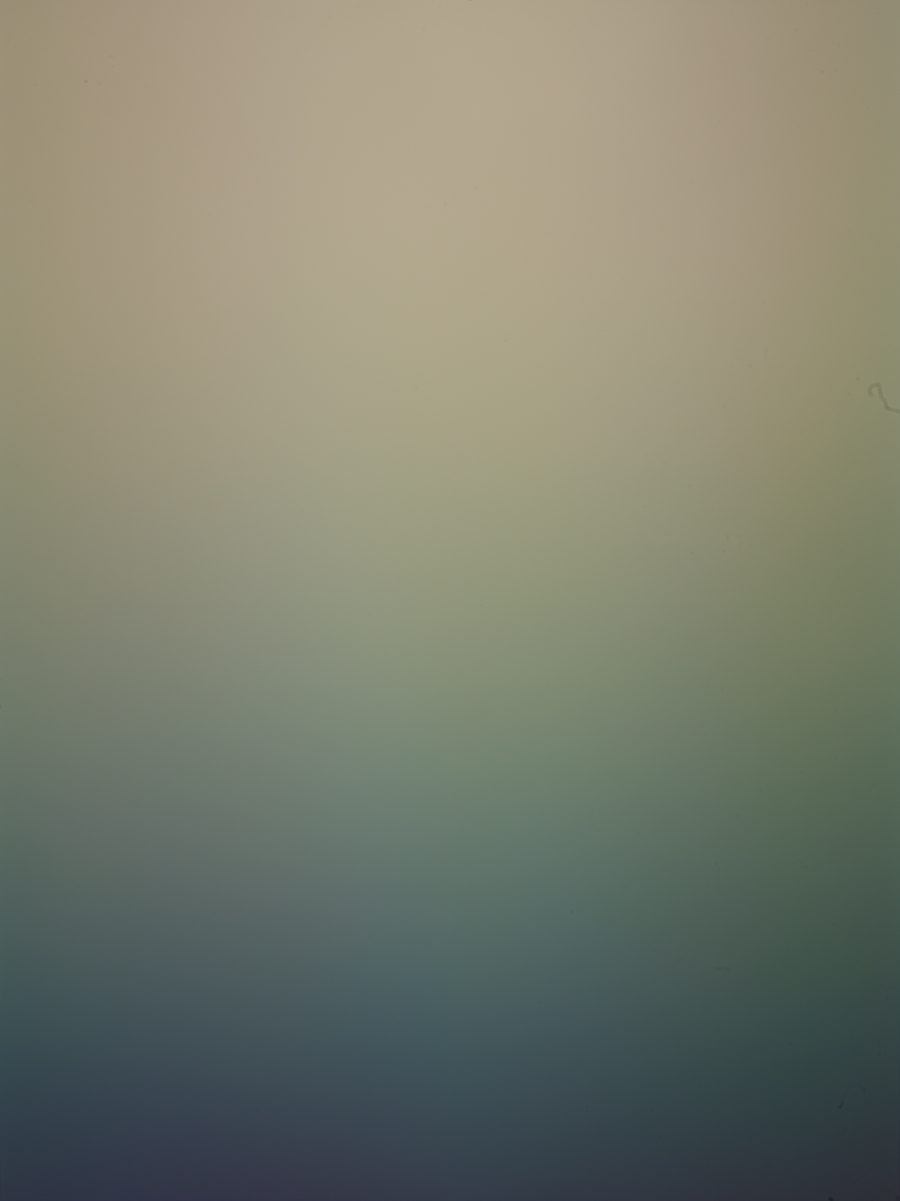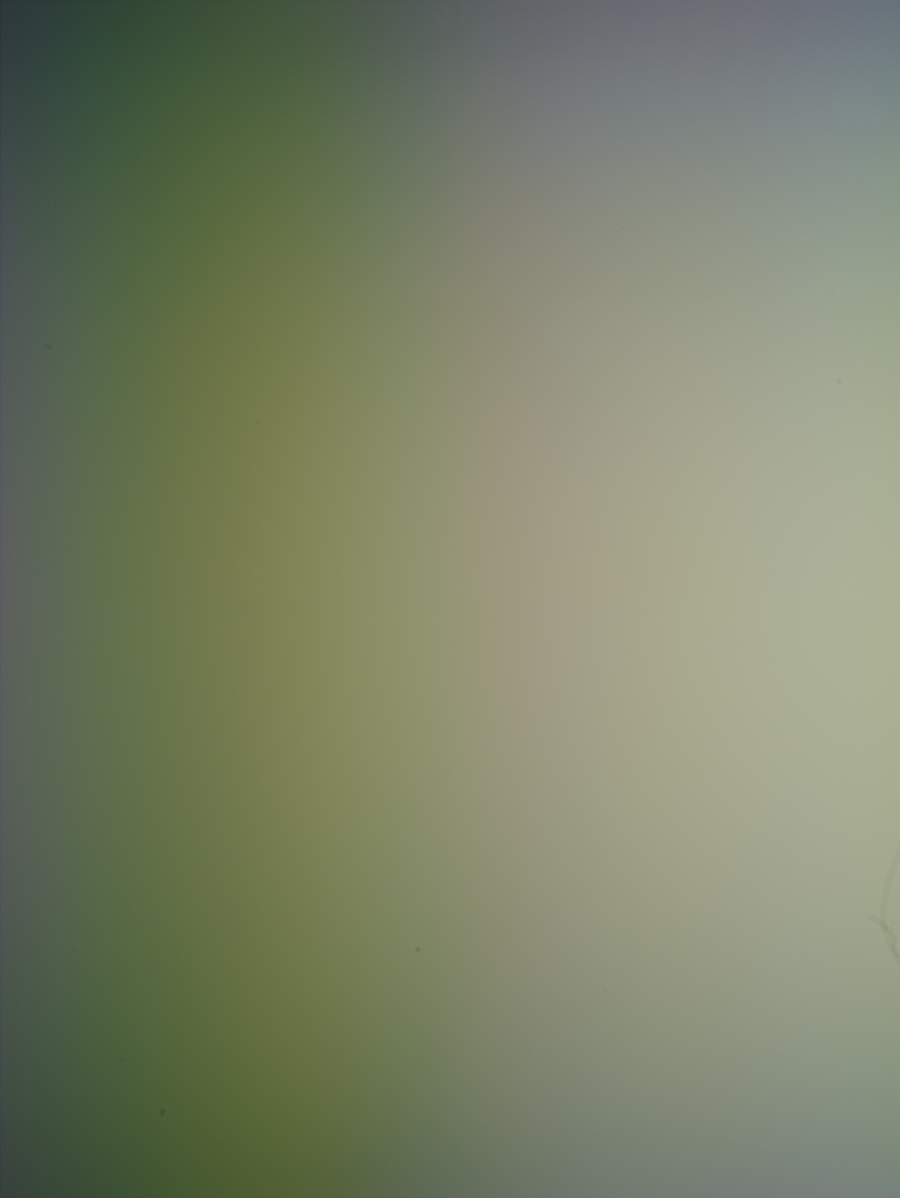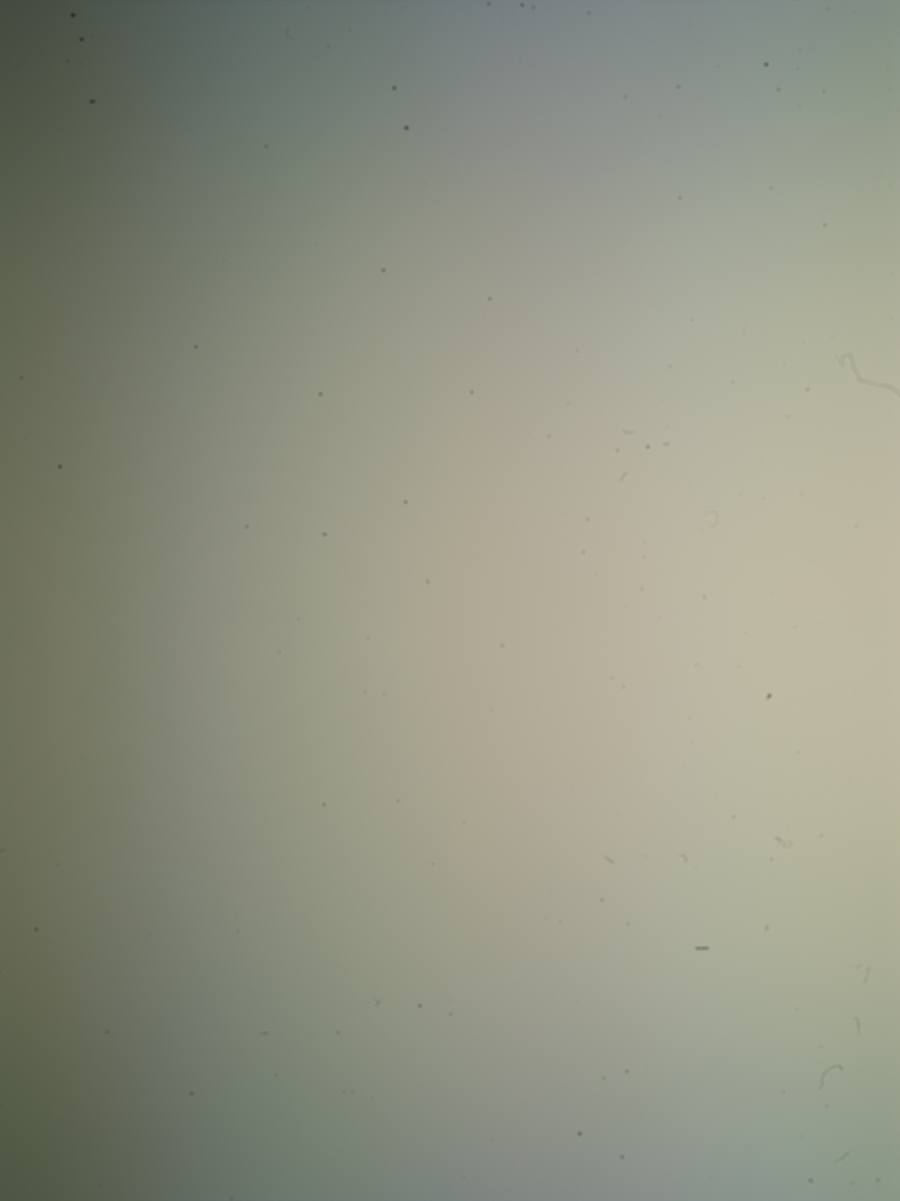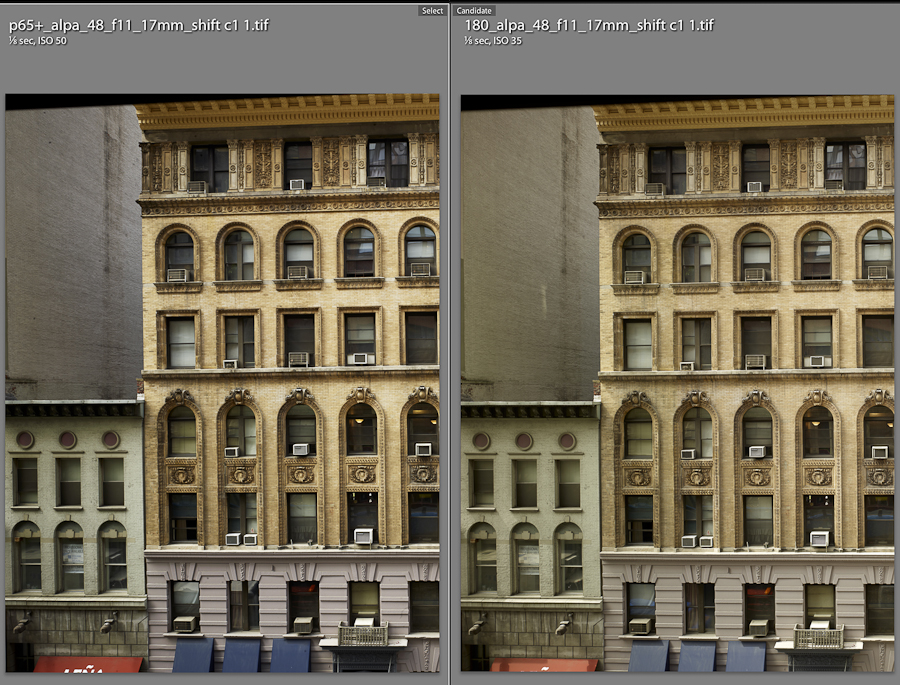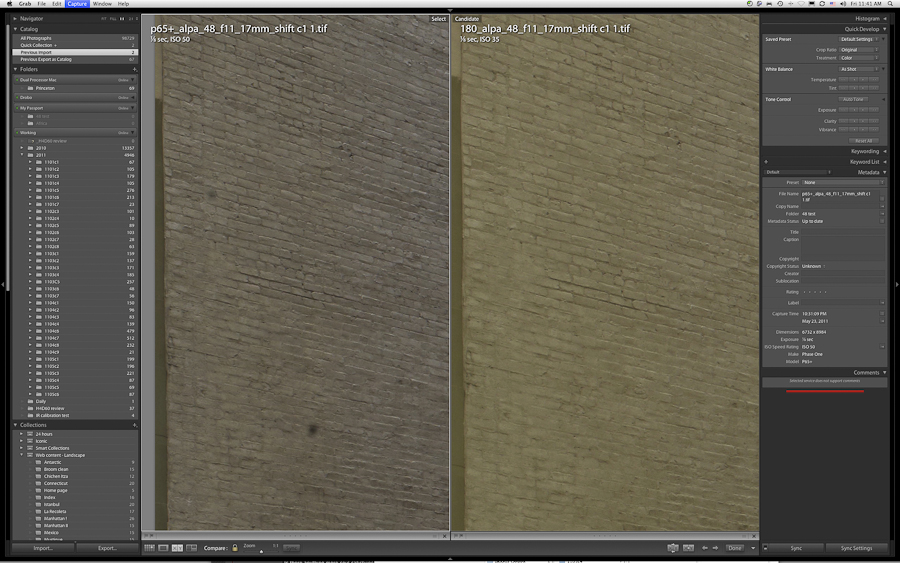J
jeffacme
Guest
Guy, Don,
How many failures have you had with any CF card?
Believe me I used to buy only high end cards but started cautiously in with reputable commodity cards several years ago. Mainly for the increase in speed and size.
I use a color coded rolling system, 3 cards per camera, so the digital tech can backup and keep track of each camera and the sequence of cards. That way any issue which could happen to a single card is minimized. When card "A" is full for a particular camera we format card "D" and put card A aside images intact. I have enough cards to shoot for a solid week so at the end we have all images on the cards as shot and redundant computer backups.
That's my system and has worked well for me but to each his own.
How many failures have you had with any CF card?
Believe me I used to buy only high end cards but started cautiously in with reputable commodity cards several years ago. Mainly for the increase in speed and size.
I use a color coded rolling system, 3 cards per camera, so the digital tech can backup and keep track of each camera and the sequence of cards. That way any issue which could happen to a single card is minimized. When card "A" is full for a particular camera we format card "D" and put card A aside images intact. I have enough cards to shoot for a solid week so at the end we have all images on the cards as shot and redundant computer backups.
That's my system and has worked well for me but to each his own.


